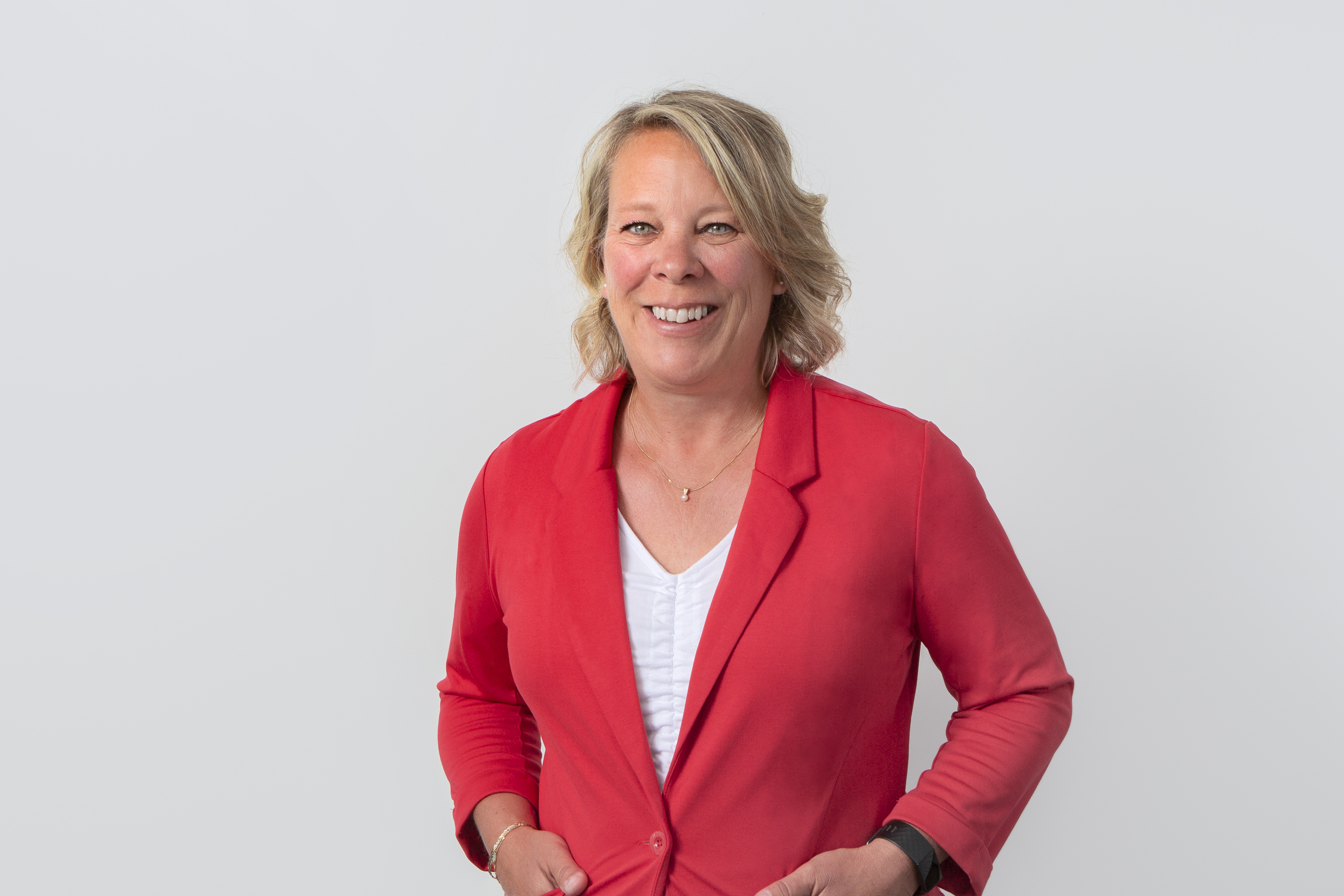 July 15, 2021 2:04 pm
Published by Jimena Romero
July 15, 2021 2:04 pm
Published by Jimena Romero
What is your position at the NFB and what do you do?
I’m a colourist with the Finance, Operations and Technologies division. I work on the NFB collection, which is extensive, rich and just incredible. My job consists of grading and restoring a whole range of works: documentaries, animations, dramas, WWII propaganda films, news reports, experimental films and more. In short, the legacy of the countless filmmakers who’ve passed through the institution since it began.
My work is largely about preserving our vast collection and doing what I can to ensure its longevity. I use colour matching to adjust the chroma and luminance levels, knowing that some titles may have undergone repeated alterations while in storage—and haven’t always been stored under the best conditions. And though many of the filmmakers have since passed on, I also try to honour their artistic vision while working to today’s standards.
Overall, I try to give the images their sparkle back by adapting the contrast, primary and secondary colours, the many possible effects and so on. I aim to bring the past vividly back to life in all its chromatic glory.
How long have you been with the NFB? Tell us about your career.
I’ve been with the NFB for 16 years now. When I was hired in January 2005, I worked the night shift doing telecine transfers. At the time, the team was on a 24-hour rotation and digitization had yet to begin. So there I was, alone all night apart from the security guard in an office in this sprawling building on Chemin de la Côte-de-Liesse.
The long corridors could be spooky and strange noises were everywhere. But I was working with stock footage, which I love, so I barely noticed it. I’ve watched my share of 16- and 35-mm reels. Magnetic sound, too, which had to be synchronized with certain reels.
Despite this oddball schedule, there wasn’t a single day (or, I guess, night) where I regretted my decision. If the old Forum has its ghosts, I guess there are a few at 3155 Chemin de la Côte-de-Liesse, too.
In 2010, I joined Sylvie Marie Fortier, which is where I am today. Sylvie Marie had digitized the colorimetry unit and the bar was set high. I was introduced to 2K and 4K technology, new colour spectra and LUTs (lookup tables), and this new way of doing things was a huge step forward for me, technically. I’m deeply indebted to Sylvie Marie, my colleague and friend, for helping me transition to these new tools.
What do you feel makes the NFB unique?
It’s the pride of the people who work here. The NFB is and continues to be an incomparable space for creation. I don’t actually know of many other institutions that have received this level of recognition or can boast of quite so many awards, distinctions and nominations.
The NFB is unique because of its artists, innovators and developers, past, present and future. Those who want to leave their mark on history, and those who want to touch the greatest possible number of people, through the NFB’s collection of over 13,000 titles.
What are you most proud of in your work?
Using colour correction and restoration to breathe life—and I hope, a long life indeed—back into works created as long ago as 1939. It’s about preserving and protecting the images of our collective memory, our history. It’s an extraordinary testimony. This is our heritage, our collection. I hope it will remain alive and available to everyone for a long time to come and presented in the best condition possible.
So, I’m very proud to be a part of it. Being able to enhance these works visually has been extremely rewarding. I’ve never forgotten that the founding of the NFB was a decisive moment in the history of Canadian cinema.
Which would you say you’re more of a fan of: animations, documentaries or interactive works?
I started out as a colourist at a time when productions were mainly intended for film or television (TV series and commercials).
Of course, I’ve always had a soft spot for documentaries. I’m a big history buff—military history, the monarchy, heritage…
But joining the NFB opened my eyes to animation and its many different techniques. Scratching directly onto film, a technique pioneered by Norman McLaren, really impressed me. The pinscreen, another discovery, blew me away. The monumental patience required to create a drawing, the array of tools employed! There are so many ways of creating, so many procedures. At this point, I have to say it would be very hard to choose. I honestly love them all!
Categorised in:
This post was written by Jimena Romero